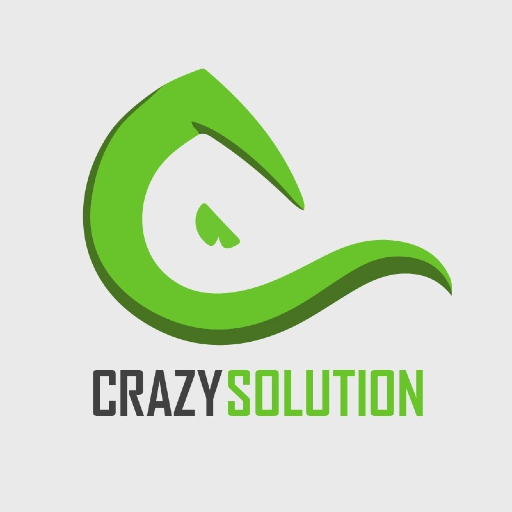The modern professional landscape is dynamic and ever-evolving. What was once a linear career path is now often a series of pivots, adjustments, and deliberate changes. Whether driven by personal aspirations, industry shifts, or unforeseen circumstances, navigating career changes successfully is a crucial skill for long-term professional fulfillment. A well-structured Professional Development Plan (PDP) serves as your compass and roadmap, guiding you through these transitions and empowering you to build a fulfilling and adaptable career. Understanding the Impetus for Change: Career changes can arise from various sources. You might find your current role no longer aligns with your evolving values or interests. Perhaps your industry is undergoing significant transformation, demanding new skill sets. Or, you might simply feel a pull towards a different field that ignites your passion. Recognizing and understanding the underlying reasons for seeking a change is the first critical step. Self-reflection on your skills, interests, values, and long-term aspirations will provide the foundation for a meaningful transition. The Power of a Professional Development Plan (PDP): A PDP is more than just a wish list; it's a strategic document that outlines your career goals, identifies the skills and knowledge needed to achieve them, and maps out the actions and timelines required. It provides structure and direction, transforming vague aspirations into concrete steps. Building a robust PDP is invaluable, especially when considering a career change, as it helps you: ● Gain Clarity: The process of creating a PDP forces you to articulate your goals clearly and understand the specific steps required to reach them. ● Identify Skill Gaps: By comparing your current skills with those needed for your desired career path, you can pinpoint areas requiring development. ● Prioritize Learning: A PDP helps you focus your time and resources on acquiring the most relevant skills and knowledge. ● Track Progress: Regularly reviewing your PDP allows you to monitor your advancement, celebrate milestones, and make necessary adjustments along the way. ● Boost Confidence: Having a clear plan and witnessing your progress can significantly increase your confidence and motivation during a potentially challenging transition. ● Communicate Your Ambitions: A well-articulated PDP can be a valuable tool when discussing your career goals with mentors, supervisors, or potential employers. Building Your Professional Development Plan: A Step-by-Step Guide: Creating an effective PDP is an ongoing process, but these key steps will provide a solid framework: 1. Self-Assessment: Begin by thoroughly evaluating your current skills, strengths, weaknesses, interests, and values. Consider your past experiences, both successes and challenges, and identify what truly motivates you. Tools like skills assessments, personality tests, and reflective journaling can be helpful. 2. Define Your Career Goals: Based on your self-assessment, clearly define your short-term and long-term career aspirations. Be specific and measurable. Instead of "I want a better job," aim for "I want a marketing manager role in the tech industry within the next two years." 3. Identify Required Skills and Knowledge: Research the skills, qualifications, and knowledge necessary to achieve your defined career goals. This might involve analyzing job descriptions, networking with professionals in your target field, and researching industry trends. 4. Develop Actionable Steps: Outline the specific actions you will take to acquire the identified skills and knowledge. This could include enrolling in courses, attending workshops, seeking mentorship, taking on new projects, volunteering, or engaging in self-study. 5. Set Realistic Timelines: Assign realistic deadlines to each action step to maintain momentum and track your progress. Break down large goals into smaller, manageable tasks with specific completion dates. 6. Identify Resources and Support: Determine the resources you will need to support your development, such as financial resources for training, access to online learning platforms, mentors, or networking opportunities. 7. Regular Review and Revision: Your PDP is not a static document. Regularly review your progress (e.g., monthly or quarterly), assess the effectiveness of your actions, and make necessary adjustments based on new information or changing circumstances. Be flexible and willing to adapt your plan as your career journey evolves. Navigating the Transition: Once your PDP is in place, actively pursuing your development goals is crucial. This might involve stepping outside your comfort zone, embracing new challenges, and consistently seeking opportunities for growth. Networking plays a vital role during career transitions. Connect with professionals in your target field, seek advice, and explore potential opportunities. Be prepared for setbacks and view them as learning experiences. Resilience and a proactive mindset are key to navigating career changes successfully. Conclusion: Navigating career changes successfully in today's dynamic world requires intentionality and a strategic approach. Building a comprehensive Professional Development Plan provides the structure, clarity, and direction needed to chart your course effectively. By understanding your motivations, defining your goals, identifying necessary skills, and taking consistent action, you can confidently navigate career crossroads and build a fulfilling and adaptable professional life. Embrace the journey of continuous learning and development, and empower yourself to shape the career you truly desire.


